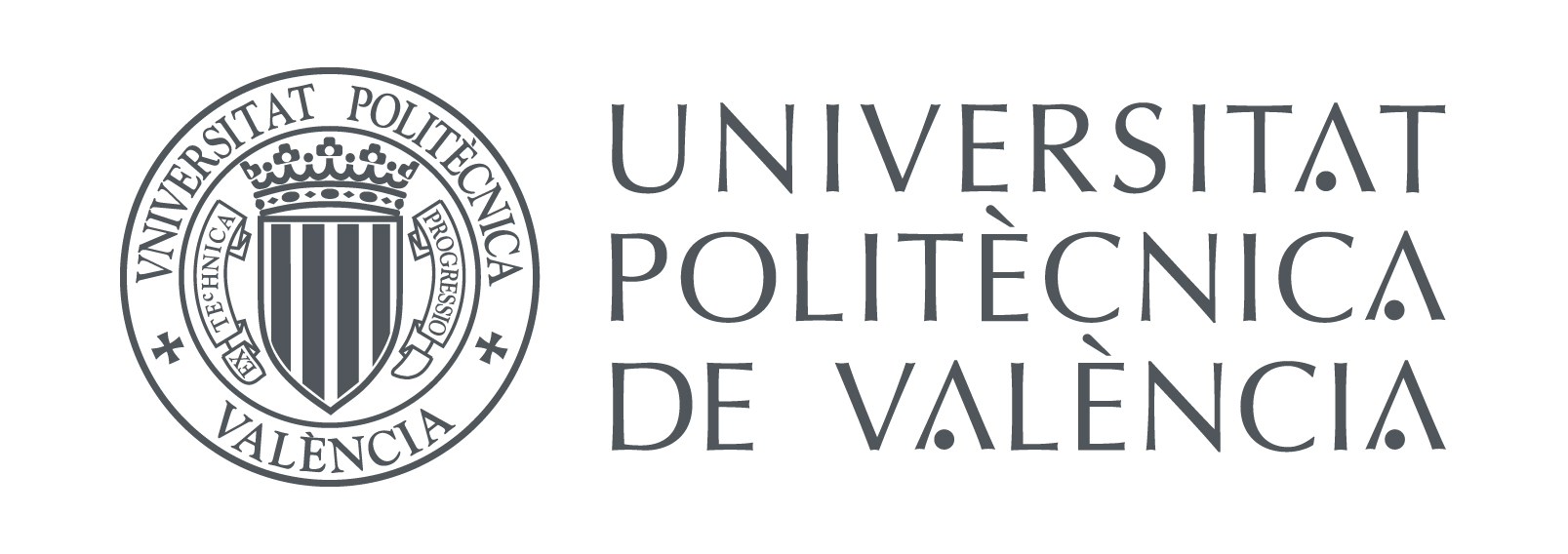The Universitat Politècnica de València (UPV) is a public, dynamic and innovative institution dedicated to researching and teaching, with strong bonds with its social environment and a strong presence abroad. With over 52 million in R&D activities, its departments, research centers and institutes are participating in applied many research activities jointly with national and international bodies and companies, with more than 4,000 people directly involved in research. The research group of UPV participating in the project, led by Dr. Manuel Pulido-Velazquez, consists of researchers from IIAMA and ITA. The Research Institute of Water and Environmental Engineering (IIAMA) is formed by around 100 employees (including about 20 full and associate professors and several post-doc researchers) and covers most fields related to the water cycle and the environment. IIAMA participates in a significant number of national and international networks and research and cooperation projects, and has large experience in technology transfer and cooperation with private companies and governmental agencies. The ITA research group (UPV) has been working for around thirty years on urban hydraulics and the management and efficient use of water in the urban environment, with long trajectory on research, consultancy, training and software development in urban water engineering.
ROLE:
The role of UPV in the project will consist, on the one hand, in providing support to EMIVASA in order to support the validation of their case study (the Valencia municipality) and the transfer of knowledge to them. On the other hand, UPV will contribute to WP 3 and 5 by modelling residential water use and related energy consumption at the household level, and developing methods and tools for the selection and effect of water conservation measures. Finally, UPV will contribute to the project with the analysis of the contribution of economic stimuli (dynamic efficient water pricing policies), evaluating its impact on residential users’ demand and welfare.

